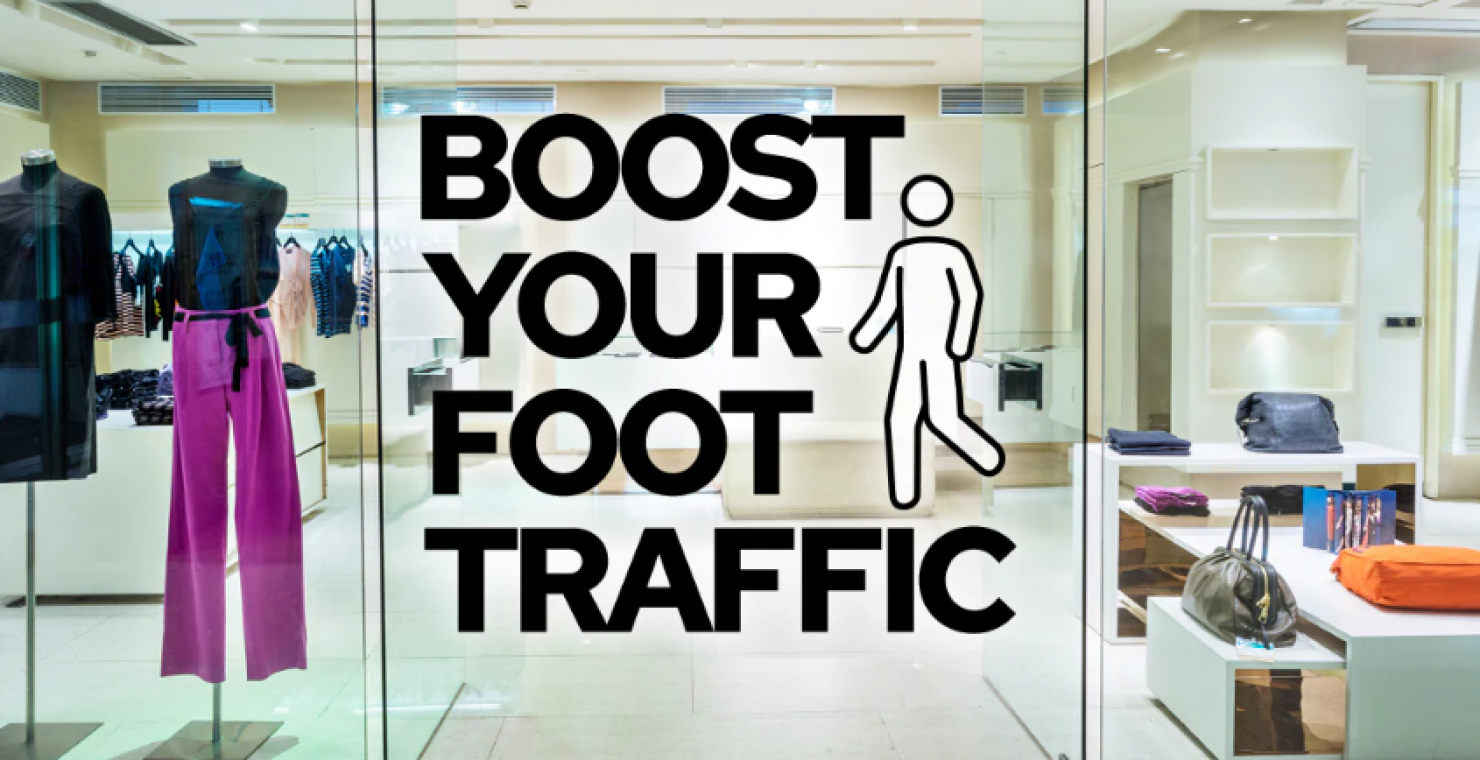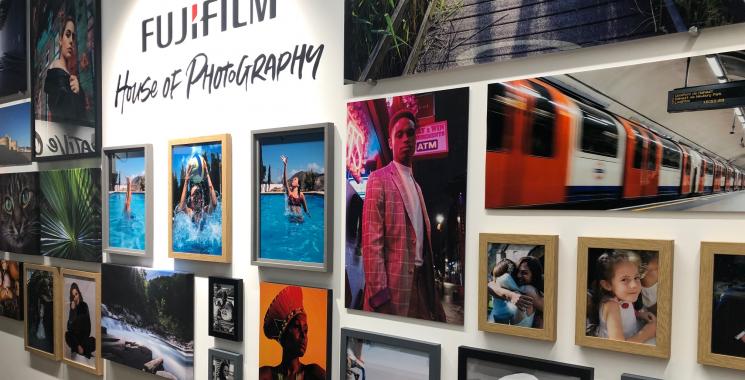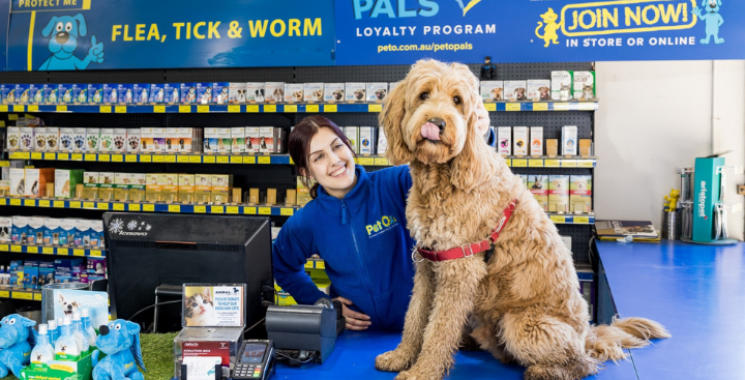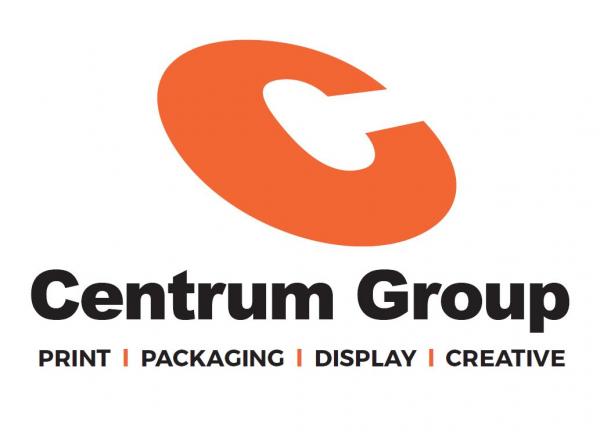
Trends in Retail Foot Traffic: What to Watch for in 2024
In the digital world, impressions and click-through rates are important metrics—they determine how many times people have peeked through your digital windows or stepped inside your online storefront. In the physical retail space, businesses use the similar principle of foot traffic to understand how many people visit their brick-and-mortar stores.
Foot traffic trends are a great indicator for the strength of your business model, and you can use the data to evaluate things like the success of your marketing, viability of your retail space costs, and relationship between your online presence and the number of store visits. Here’s how retail foot traffic trends can influence and transform the way you do business.
What is retail foot traffic?
Retail foot traffic describes the number of people who enter a brick-and-mortar store during any given period. Retailers can use various methods to measure foot traffic, such as click counters, video analytics, and third-party firms like Placer.ai and Adentro.
Foot traffic is an important retail metric for a successful brick-and-mortar business, since more traffic typically means higher sales and, therefore, increased revenue. Physical stores can also use foot traffic data to analyze trends in consumer shopping habits, evaluate sales floor tactics, identify high-traffic and low-traffic periods, and compare themselves to other businesses in their field.
Understanding the complex world of retail foot traffic data is also beneficial for ecommerce companies, which can forecast changes in consumer shopping habits both in person and online to make informed decisions about purchase orders, marketing campaigns, and strategies for future growth.
The current state of retail foot traffic
Brick-and-mortar foot traffic has been slow to bounce back from the blow it took in 2020 due to the COVID-19 pandemic. Foot traffic decreased during the hardest-hit months. While foot traffic numbers increased in 2021 from the prior year, foot traffic totals were still down for indoor shopping malls and grocery-anchored open-air retail centers.
In 2022, foot traffic trended downward again in the second half of the year. Similarly, early 2023 data show regular monthly decreases in foot traffic compared to 2022.
Several major factors contributed to the decline in foot traffic:
- COVID-19. The COVID-19 pandemic, as the single largest contributing factor to recent low foot traffic numbers, effectively shuttered brick-and-mortar businesses for a large part of 2020. Foot traffic has yet to fully rebound to pre-pandemic levels.
- Ecommerce. Online shopping makes up a steadily rising share of consumer spending. The ever-growing influence of ecommerce often leads brick-and-mortar businesses to shrink their physical spaces and incorporate hybrid approaches—for instance, a digital catalog of their offerings or a buy-online, pick-up-in-store (BOPIS) service.
- Gas prices. When gas prices spike, consumers are less likely to make the trek to a physical store.
The future of retail foot traffic: 3 emerging trends
- Omnichannel retail strategies that integrate online and offline
- Personalization and customization of customer experience
- Experiential retail, with unique and immersive in-store experiences
Although ecommerce is expected to increase its share in retail sales, the fact is that brick-and-mortar stores remain an important presence, and many consumers still prefer shopping in physical stores. To adapt to this dual retail landscape, many businesses are trying to take advantage of the strengths of traditional retail and online sales. Here are three trends shaping retail foot traffic patterns:
1. Omnichannel retail strategies that integrate online and offline
There is an array of omnichannel trends arising in the retail sphere. From Target to IKEA, many major retailers have begun building omnichannel strategies, which incorporate all touchpoints of an online presence and physical locations. The strategy leverages the online experience to increase retail foot traffic, which in turn can be used to help drive online sales.
For instance, offering online web or app shoppers free buy online, pickup in-store (BOPIS) can bring customers into your physical location. If they start browsing, they are likely to make additional purchases. At check-out, you can offer sign-up for your points-based loyalty program to reward customers with certificate dollars usable in-person or online. You are now able to push special promos by email or mobile devices for in-store events, online exclusives, or other perks that drive customers to engage on social media and shop across channels. Retail statistics show that 53% of brands are investing in tools that make this type of selling anywhere possible.
Brick-and-mortar stores can build a robust website to provide extensive product information (including models, photos, in-store inventory levels, and reviews) to boost consumer confidence before shoppers head to your store. Meanwhile, traditionally online-only (or digitally native) retailers have an opportunity to expand offline and maximize consumer wants for physical retail.
2. Personalization and customization of customer experience
Many shoppers look for the personal touch during their customer experience—an opportunity to see the product in action, talk with customer service associates, and ask specific questions. Consumers expect companies to deliver personalised interactions.
This kind of personalised shopping experience has long been the strength of brick-and-mortar stores—so learning how to leverage this for your shop (whether ecommerce or physical) is essential.
Ecommerce brands can boost their customer experience by offering a comparably personalized experience online. If you’re a brick-and-mortar business, one way to further personalise the experience is to use location-based marketing campaigns that target local customers and drive sales in-store. Local businesses may boast speedy pickup, neighborhood craftsmanship, or knowledge of community to gain an advantage against a less focused online retailer.
3. Experiential retail, with unique and immersive in-store experiences
The future of retail includes retailers embracing in-person experiences to connect with customers, The retail strategy to accomplish this is called experiential retail, in which businesses reimagine physical stores as unique, immersive entertainment rather than simple showrooms or sales floors.
As consumers shift to shopping online, many brands are rethinking their brick-and-mortar spaces using the principles of experiential retail. Offering shoppers a unique experience can draw them into your physical location, increasing foot traffic while generating online buzz.











